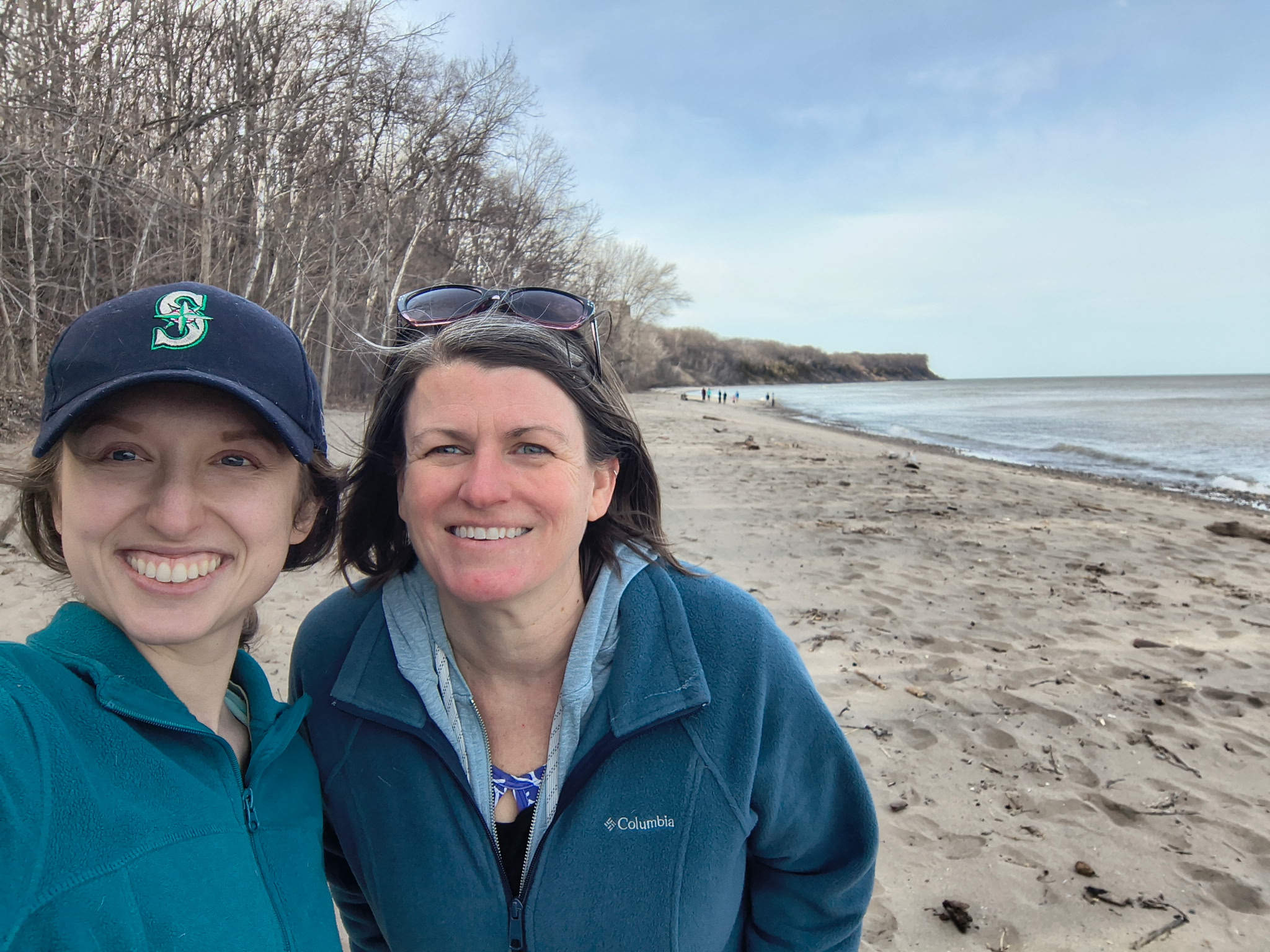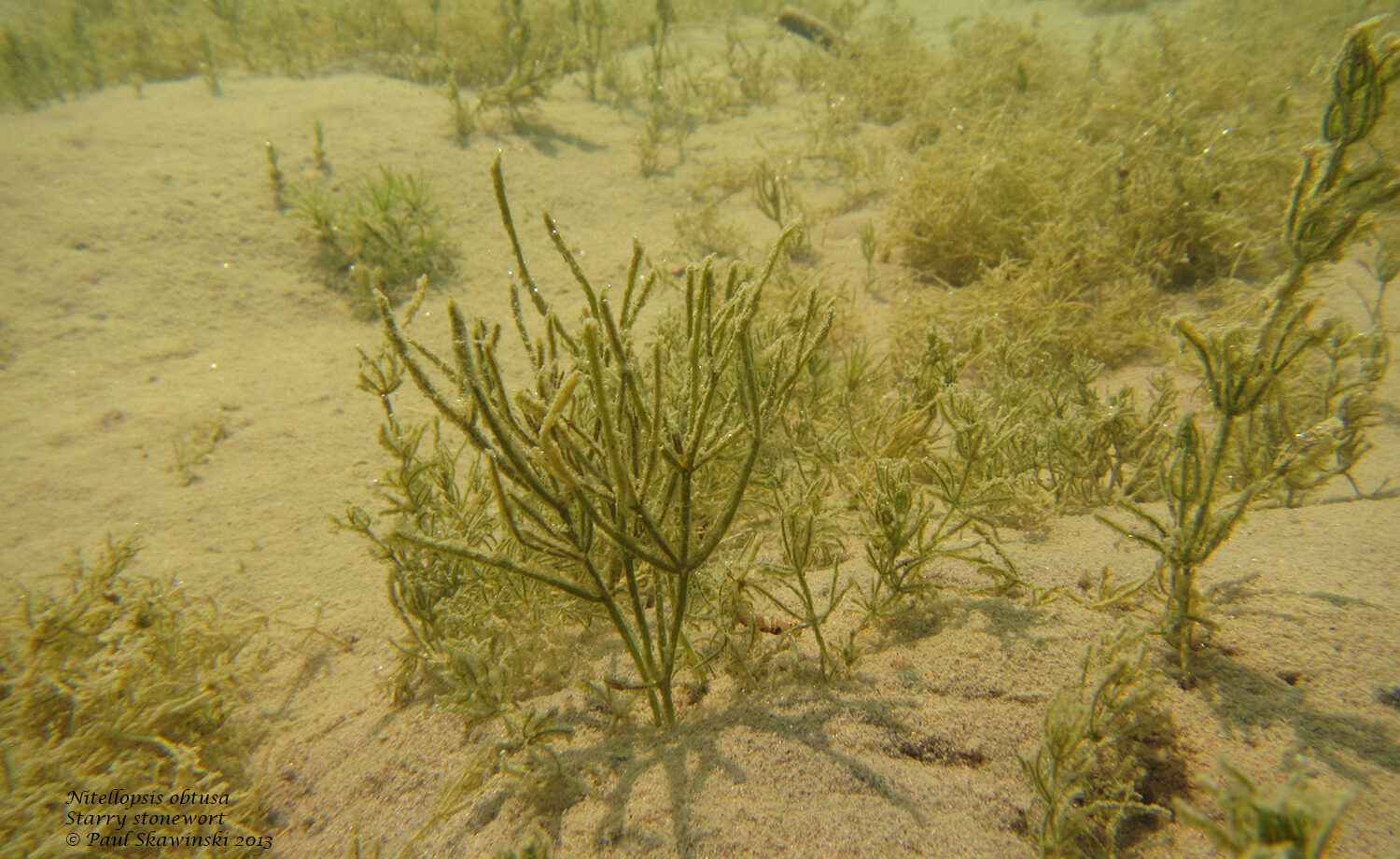The Great Lakes Sea Grant Network has released a report on Asian carp in the Great Lakes region.
Two Wisconsin Sea Grant staff members contributed to the report, which includes information on carp life history, movement and behavior, monitoring, control, ecosystem impacts and gaps in current knowledge that need further addressing. The report, entitled “Education and Outreach on Asian Carp,” can be downloaded from https://greatlakesseagrant.files.wordpress.com/2016/10/glsgn-asian-carp-report.pdf.
“These invasive fishes are a potential risk to the Great Lakes’ ecosystem,” said Titus Seilheimer, Wisconsin Sea Grant fisheries outreach specialist, who contributed to the report’s development with former Wisconsin Sea Grant Assistant Director for Extension Phil Moy. “This report provides important information on why these species are a problem, what is being done to prevent them from becoming established in the Great Lakes, and it provides tools to help people share that information with others.”
Asian carp is the collective name for four non-native carp species from Asia now found in North America. Information from the U.S. Fish and Wildlife Service shows the Great Lakes are at risk of invasion from all four species.
The report includes education and outreach materials from the Mississippi and Great Lakes basins that managers and other groups can reuse in educational programs. A survey of state and federal experts summarizes current research on Asian carp, and identifies information still needed to control their spread.
Seilheimer and Tim Campbell, Wisconsin Sea Grant’s invasive species specialist, are among the experts listed for Wisconsin in a state-by-state list of speakers available on the topic for local group presentations.
“This comprehensive report gives us three pieces of valuable information, which support our fight against Asian carps as a threat in the Great Lakes,” said Debbie Lee, director of NOAA’s Great Lakes Environmental Research Laboratory in Ann Arbor, Michigan, and that agency’s lead member of the Asian Carp Regional Coordinating Committee. “It provides a clear picture of the overall potential impact of an Asian carp invasion of the lakes.”
Funding for the report’s development by Ohio State University was provided by the Great Lakes Restoration Initiative through the Asian Carp Coordinating Committee.
About Asian Carp
The fish known for jumping out of the water and injuring boaters is predominantly silver carp, which was brought to the U.S. for aquaculture purposes along with the bighead carp, grass carp and black carp. Silver carp and bighead carp are the species most
commonly discussed in the Great Lakes because they are moving up the Illinois River toward the Chicago Area Waterways System, which connects the river to the Great Lakes.
The primary concern over Asian carp in the Great Lakes is their impact on an already stressed food web. Silver carp and bighead carp compete with small forage fish and young sport fish for food, and could negatively impact the lakes’ fishing industries. Grass carp eat the vegetation that provides prime wetland habitat and black carp feed on mollusks like native mussels, many of which are endangered. At the same time, Asian carp have few natural predators because they quickly outgrow native predator species, often within just a year.
In parts of the Illinois River, silver carp and bighead carp make up more than 90 percent of the fish biomass.
The Great Lakes Sea Grant Network is a collaboration of Sea Grant Programs along the Great Lakes, which includes Wisconsin Sea Grant, Illinois-Indiana Sea Grant, Lake Champlain Sea Grant, Michigan Sea Grant, Minnesota Sea Grant, New York Sea Grant, Ohio Sea Grant and Pennsylvania Sea Grant.





